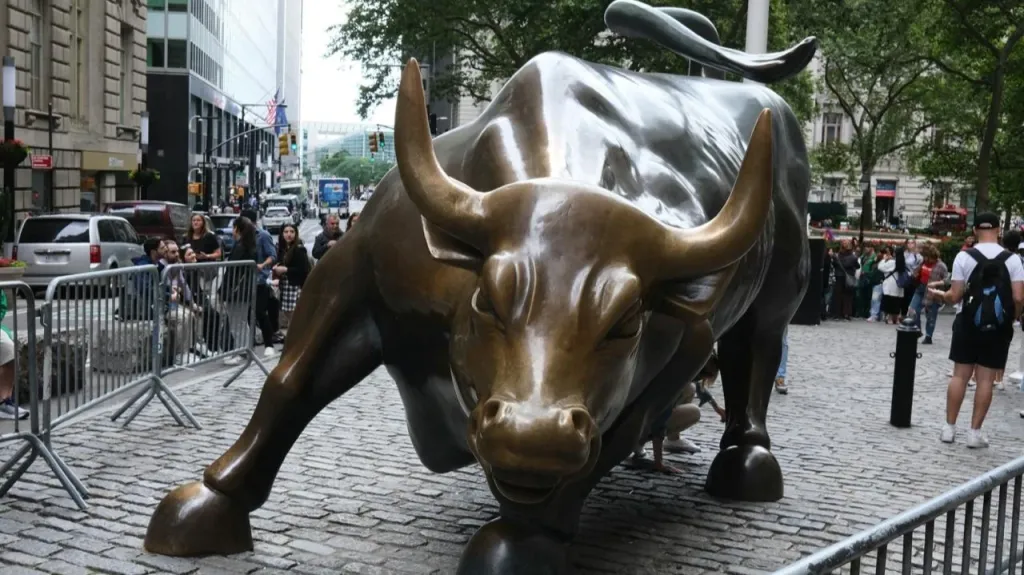"Roaring 20s": why does Yardeni believe the U.S. operation will support a 70% rise in the S&P 500?
The main US index is now trading just 2% below its all-time high

A US strike on Iran's nuclear facilities, followed by a fairly restrained response from Tehran, could help the S&P 500 rise another 70% or so over the next five years, analyst Ed Yardeni said. This fits into the scenario of a new "roaring 20s", he said. Other analysts assess the situation in the Middle East positively for the market. For example, Morgan Stanley pointed out that volatility in the stock market due to geopolitics is usually short-term and moderate;
Details
The U.S. strike on Iran's nuclear facilities on the night of June 22 has restored confidence in U.S. military deterrence and reinforced President Donald Trump's slogan of "peace through strength," according to Ed Yardeni, president and chief investment strategist at Yardeni Research. This, he believes, brings closer the realization of the scenario of a new "Roaring Twenties" - a prolonged economic recovery that could lift the S&P 500 Index to 10,000 points by the end of the decade. That's 67% above the closing level on June 20.
The analyst's baseline scenario, presented before the retaliatory Iranian strike on June 23, assumed that Tehran would not take serious retaliatory action to the U.S. attack and would pursue peace. In that case, Yardeni predicted a drop in the price of oil, a rise in stock markets around the world, and a fall in the value of gold. The latter, according to Yardeni, will be a good buying opportunity as many central banks will continue to diversify their reserves toward the precious metal.
Iran struck a U.S. military base in Qatar on June 23, but some analysts and Bloomberg sources took it as a pre-arranged attack. Reuters sources said that Iran had warned the U.S. in advance of its intention to strike the Qatari base.
"The main conclusion for us as investment strategists is that the bullish trend in the U.S. equity market that began in October 2022 remains in place," Yardeni emphasized. he expects the S&P 500 to be at 6,500 points by the end of this year: that's almost 9% above the close on June 22.
What others are saying
Morgan Stanley strategists, led by Michael Wilson, remain cautiously optimistic, reports Bloomberg. They note that stock market sell-offs caused by geopolitics are usually short-term and moderate: a month after the next crisis, the S&P 500 index added 2% on average, three months later - 3%, and a year later - 9%. According to Wilson, further dynamics will largely depend on oil prices: for a serious threat to the economic cycle, oil prices must rise above $120 per barrel.
"We recognize the risks, but so far they seem distant," Wilson summarized.
After the Iranian strikes on June 23, the cost of oil crashed by 7%: Brent futures were trading below $72 per barrel. The S&P 500 index, on the contrary, rose by 0.8% - to 6014 points. This is about 2% below its all-time high.
"I think most agree that Iran is further away from building a nuclear bomb now than it was on Friday [June 20]. And that's a positive for the markets ... and for the prospects for a peace settlement in the Middle East," announced CNBC's Jeremy Siegel, a finance professor at the Wharton School and chief economist at Wisdom Tree. - So this, in a way, offsets the fears." According to Siegel, if Tehran doesn't take serious steps in response, the S&P 500 index could well hit new all-time highs in the coming weeks.
This article was AI-translated and verified by a human editor
